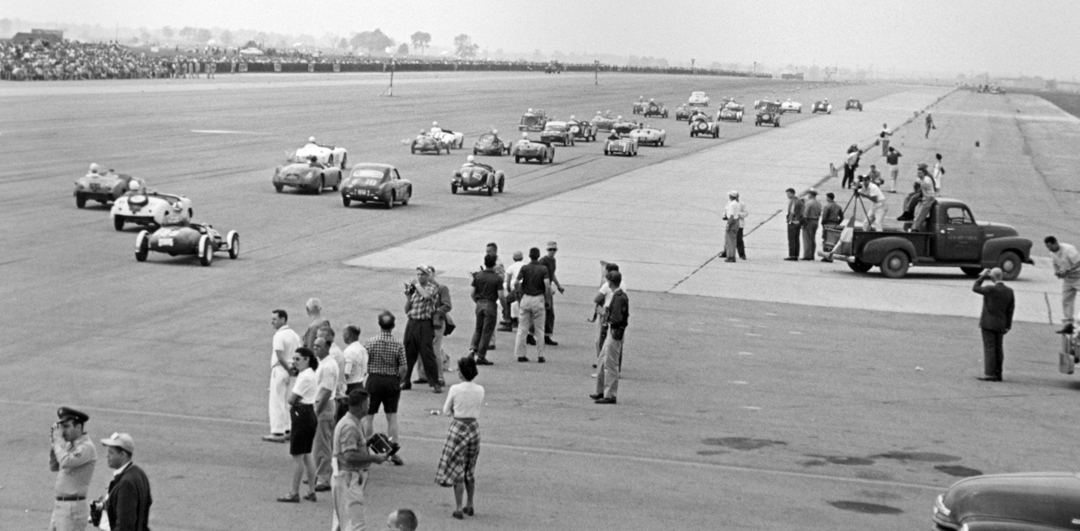The H-Modified class in American road racing was derived from the FIA small-displacement sports racing machines popularized in Italy and France. In the fifties, it was dominated by cars derived from the Italian National Racing classes, which were in force from 1937 to 1965. Development of the 750-cc class in the U.S. was spurred by the availability of the Crosley engine, a lightweight, very-tunable, single overhead camshaft design. It was widely used, both in Italian chassis and in American racing specials. There were eight dominant Italian builders in H-Modified, powered by tuned Crosley engines or by engines of their own manufacture (mostly Fiat based). These often featured DOHC cylinder heads and exquisite billet-machined crankshafts, as well as speed equipment that was more difficult to identify.
These cars fell into the group that enthusiasts like to call the “Etceterini” cars. These are those miscellaneous Italian machines characterized by big quick-release aluminum gas caps, pin-style Marelli ignition switches, aluminum bodies, Borrani wire wheels, Weber carburetors and wood-rimmed steering wheels—whether they were Nardi cars or not. Of course, these were all low-volume automobiles and no two of them were exactly alike, because the Italians find that boring in the extreme. The large American H-M (and G-M) market helped make some of these builders true “constructors” rather than mere “special” builders. Some people feel it is not right to lump all of them into a single descriptive, noting that it tends to minimize the distinctive personality of each marque. They are quite right. To those people, we ask their forbearance for occasional use of this collective term Etceterini, which generally means anything Italian except Ferrari, Maserati, Lancia, Alfa Romeo and Fiat.
No Subscription? You’re missing out
Get immediate ad-free access to all our premium content.
Get Started



